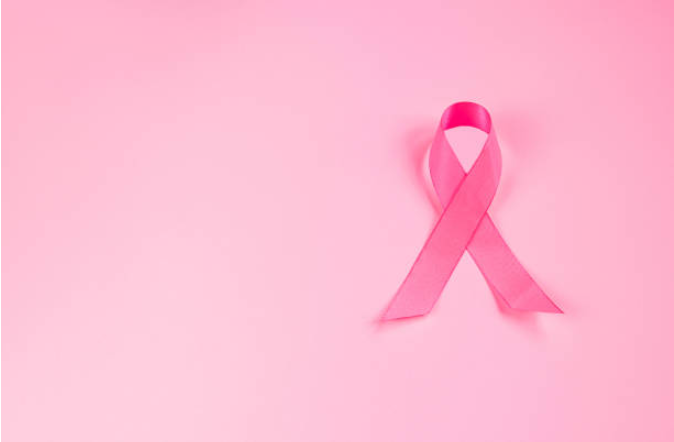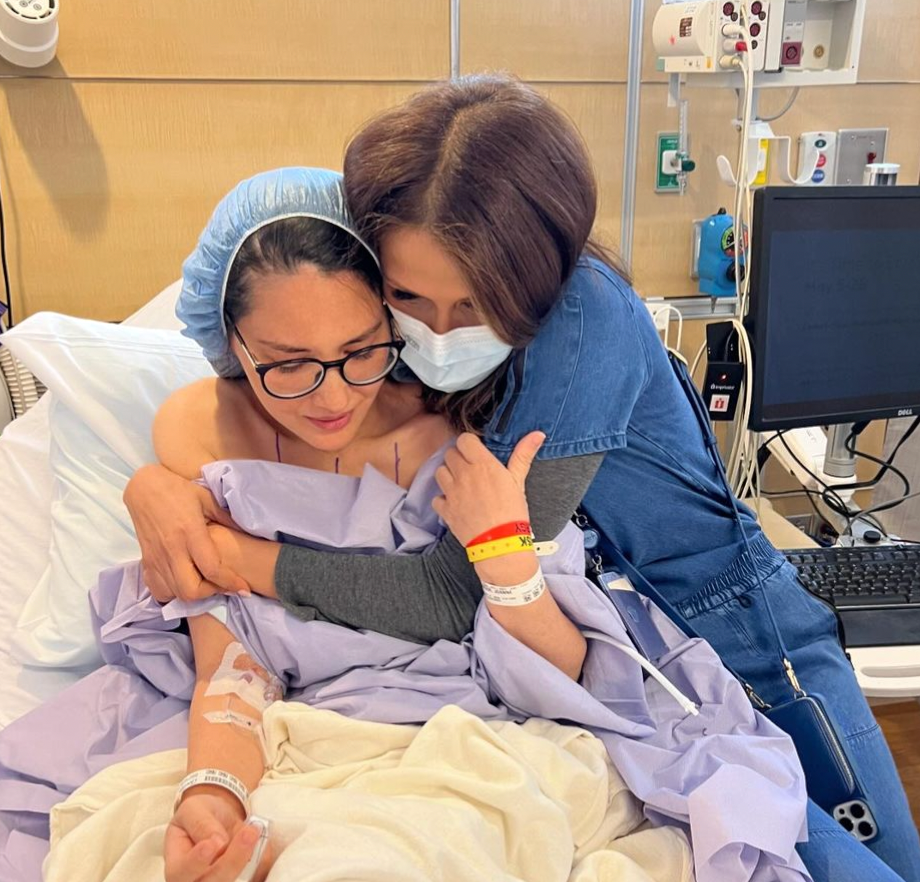Breast Cancer: Early Signs and What to Look Out For
Breast cancer is one of the most common types of cancer that affects women worldwide. It is estimated that one in eight women will develop breast cancer at some point in their lives. While the diagnosis of breast cancer can be devastating, early detection can significantly increase the chances of successful treatment and recovery. Recognizing the signs of breast cancer is crucial for early detection, and it is essential for women to be aware of the warning signs and to undergo regular screenings. By understanding the early warning signs, you can take proactive steps to protect your health and increase your chances of a positive outcome. So, let's dive in and learn how to recognize the signs of breast cancer.
What Exactly is Breast Cancer?
We have all heard of breast cancer and likely know someone whom it has affected in some way. But what exactly is it? Breast cancer is a type of malignancy that occurs when irregular and rapidly multiplying cells begin to accumulate in the breast, forming a lump or mass. If left untreated, this type of tumor can spread to other parts of the body. Breast cancer is not exclusive to women; men can be diagnosed with it too. The American Cancer Society predicts that in this year alone, approximately 2,620 men will have the disease, with a lifetime risk of 1 in 883.
What are Some of The First Signs and Symptoms?
Due to the fact that every person's breast cancer symptoms vary, it can be difficult to detect breast cancer in its early stages. For some, a palpable lump or tenderness may be present, while for others, there will be no indication. In the early stages, breast cancer typically exhibits no symptoms. That being said, there are some things to look out for.
- Presence of a new mass in the breast or armpit
- Increase in thickness or swelling in some parts of the breast
- Changes in the appearance of one or both of the nipples
- Nipple discharge other than breastmilk (such as blood)
- Irritated or itchy breasts
- New variations in the size or shape of the breast
- Ache or discomfort in any area of the breast
- Redness or pitting of the breast skin similar to an orange
Do These Signs Always Mean Cancer?
It is crucial to keep in mind that there could be other harmless factors that may have resulted in these symptoms. For example, alterations in the texture of the skin on the breast could be due to a skin ailment such as eczema, and inflamed lymph nodes (often mistaken for a lump), could be a result of an infection in the breast or an entirely different illness. Consulting a medical professional for an assessment will help determine whether anything you observe is a matter of worry. It's worth mentioning that the American Cancer Society states that benign breast conditions are frequent.
Who is vulnerable?
If someone in your family, such as your mother, sister, or daughter, was diagnosed with breast cancer, particularly if it occurred before menopause, your risk is increased. Even if the individual who had the disease was on either your mother's or father's side of the family, your risk is still elevated. Male relatives who have had the illness can also heighten your chances of getting it. Statistics suggest that around 5-10% of breast cancer cases are caused by genetic abnormalities which are passed on from either one's mother or father. In most cases, however, breast cancer occurs in individuals with no family history of the disease.
What is the purpose of a mammogram?
Mammograms are a form of X-ray imaging used to detect potential signs of breast cancer. These digital mammograms provide a 3D image of the breast for further analysis. It is the most effective means of early detection of breast cancer, often before the individual can feel a lump. Research indicates that screening mammography can lower the mortality rate for women between the ages of 40 and 74.
How Can I Make Sure It Doesn’t Happen to Me?
Although breast cancer can happen to anyone there are a few things that you can do to lower your chances. Maintaining a healthy weight, exercising, and limiting alcohol are all things that help prevent cancer. Make sure to self-check often for any new signs and never skip a mammogram. Early detection is absolutely key.
For more information on early detection, check out the National Breast Cancer Foundation here.

The NOODIST




